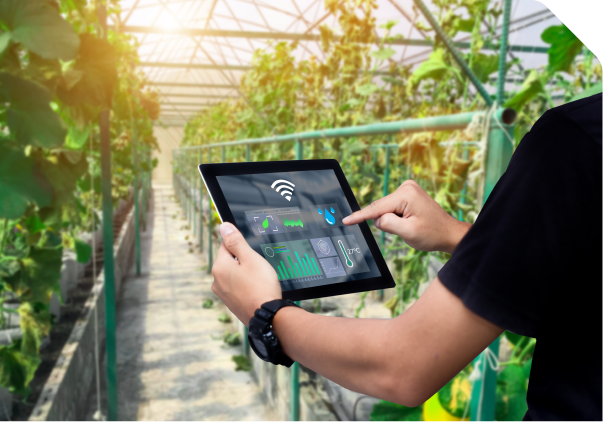More and more people are talking about how farming can be kinder to the planet, and that shift is breathing new life into modern greenhouses. By weaving smart tech into these structures, growers can produce food faster, save resources, and meet today's eco-rules head-on. In this post, we will look at the high-tech gadgets that are turning greenhouses into data-powered farms, what they mean for growers daily, and how they strengthen food supply around the globe.
The Role of Smart Technology in Greenhouses
Smart tech includes tools and systems that help greenhouse owners fine-tune every growing condition. Automated climate controls keep heat and humidity just right, while drip lines fitted with soil sensors deliver water only where and when it is needed. With Internet of Things sensors feeding constant data to a growers phone or laptop, decisions can move from guesswork to clear, fast answers that boost harvests.
Benefits of Smart Greenhouses
Adding smart technology to a greenhouse comes with a long list of perks. For starters, these high-tech features work quietly in the background, so resources like water and power never get wasted. Take smart drip systems, for example—they measure soil moisture and water the plants only when they really need it, slicing water use by up to 50 percent. With routine chores like watering, heating, and venting on autopilot, workers spend less time on the fields and more time making bigger-picture choices that boost profits. On top of that, live dashboards catch problems early and guide growers toward bigger harvests with fruit that looks and tastes better.
Environmental Impact and Sustainability
Sustainability sits at the heart of modern farming, and smart greenhouses push it forward every day. Because sensors and controls slice waste, they help lower greenhouse-gas emissions right from the start. Smart LED lights, for instance, glow only when a plant needs red or blue light, saving precious kilowatts. Many growers pair this with on-site solar panels, turning sunshine into free electricity that keeps the system running. The end result is fresher, cleaner food and a growing shelf of eco-friendly products that today’s shoppers are happy to pay extra for.
Challenges and Considerations
Even with the many perks, bringing smart tech into greenhouses does come with a few bumps along the road. For starters, the upfront cost can feel high, and growers usually need some hands-on training to manage the new gadgets. Then theres always the worry that a system might crash or even get hacked. Working only with trusted suppliers and scheduling regular check-ups and software patches goes a long way toward easing those fears.
Future Trends in Greenhouse Technology
Peeking into tomorrow, its clear that even smarter tools will keep piling onto the greenhouse toolkit. Artificial intelligence and machine learning are already stepping in to give growers sharper forecasts about plants needs and market prices. Vertical layouts and hydroponic setups are also on the rise, letting farms squeeze more produce from less ground. As these ideas mature, they will be key to feeding a growing planet.
In short, adding smart tech to greenhouses isn t just a cool gimmick-it s something farm- ers really have to do to meet today s big challenges. When they welcome these tools, growers work faster, use less energy, and help build a food system that hurts the planet less. The path forward in agriculture will belong to those who adapt and invent, and smart greenhouses are leading that move.


